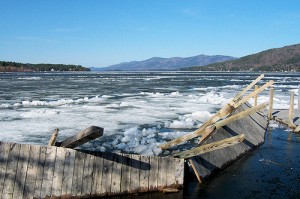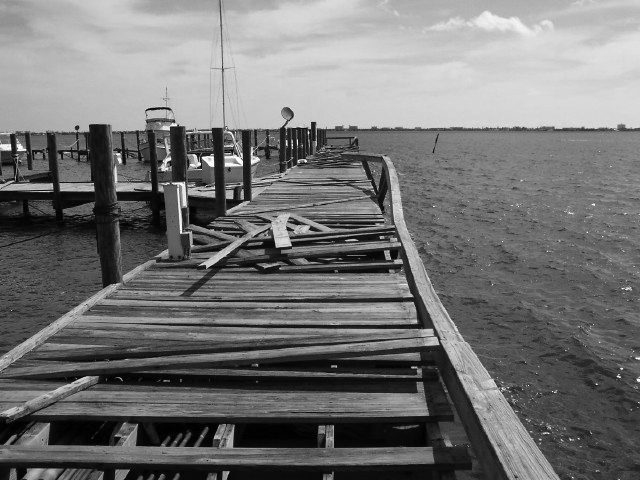 Jack Frost can pack quite a bite, especially for boats that spend the winter in harbor. That’s why it’s important for boat and dock owners to do all they can to keep their vessels shielded from the snapping jaws of winter. In more temperate climates, where ice is not as much of a concern, simple insulated covers and a good gel-coat layer could suffice. However, if your boat or dock is exposed to frigid temperatures, you’re looking at freezing water and ice – and that can present a whole iceberg of issues.
Jack Frost can pack quite a bite, especially for boats that spend the winter in harbor. That’s why it’s important for boat and dock owners to do all they can to keep their vessels shielded from the snapping jaws of winter. In more temperate climates, where ice is not as much of a concern, simple insulated covers and a good gel-coat layer could suffice. However, if your boat or dock is exposed to frigid temperatures, you’re looking at freezing water and ice – and that can present a whole iceberg of issues.
De-icers are commonly used by many boat and dock owners during the winter, and for good reason: They ward off the formation of ice, which can be devastating to boat hulls as well as the structural integrity of the dock. De-icers are motorized devices that keep the cold water churning so it can’t freeze as easily, drawing warm water up from the bottom and pushing it to the surface. When a de-icer is used, the watercraft and dock remain safely protected from the cold shoulder Jack Frost inflicts.
Here are three winter disasters a de-icer can prevent:
1. Hull Damage
Normal current and wind speeds naturally make water rigs tip, rock and pitch in the water. When freezing temperatures and a layer of ice are added to the equation, the result is a nasty grinding action that can scratch and tear away the gel-coat along the waterline of fiberglass boats. This allows water to sneak into the laminate and further damage the hull. Ice can also get into the plank seams or the bilge of a wooden boat and cause anything from minor cosmetic damage to major leaks.
2. Dock Lifting
Ice, wind and current are no friend to docks, either, especially if all three elements are thrown together. Because ice expands during the freezing process, the water levels will fluctuate, making it difficult for dock piles to stay firmly in place. Heavy ice flows and ice pressure can shift the dock pilings – or worse, pull them out of their footings entirely. Any watercraft near the dock could be damaged as the dock shifts.
3. Ice Expansion
Like most substances, water at ordinary temperatures contracts, increasing in density as it cools. At about 4 degrees Celsius, however, water reaches its maximum density and then decreases in density as it reaches its freezing point. Because of this, ice forms on the top of the water first, allowing it to freeze and float, and then the rest of the ice forms below. This simple sequence can be disastrous for both docks and boat hulls. The pressure from ice expansion can crush a hull or dock, causing major damage and compromising the structural integrity of the craft.
Jack Frost can try as he may to freeze lakes and rivers, penetrate boat hulls and crush docks – but he’ll have a much harder time succeeding if a de-icer is on hand to protect your goods during the winter.
Note from Mark Nicholas: We don’t take many guest blogs, but this is a matter of interest and there is no better resource than people who deal in the goods they are writing about. the truth here is that this is a matter of importance to me. boats and ice do not mix, and cold climates do run the risk of crushed hulls. safety precautions are essential. if you are in a cold climate, take this opportunity to think about how you will stay safe and secure. Its time to gear up for the cold!
This blog post is courtesy of SavvyBoater, which carries a wide selection of de-icers, boat covers, bimini tops and boat propellers.

